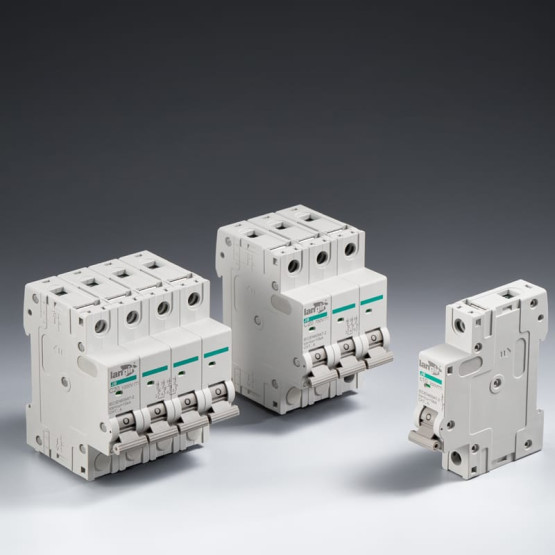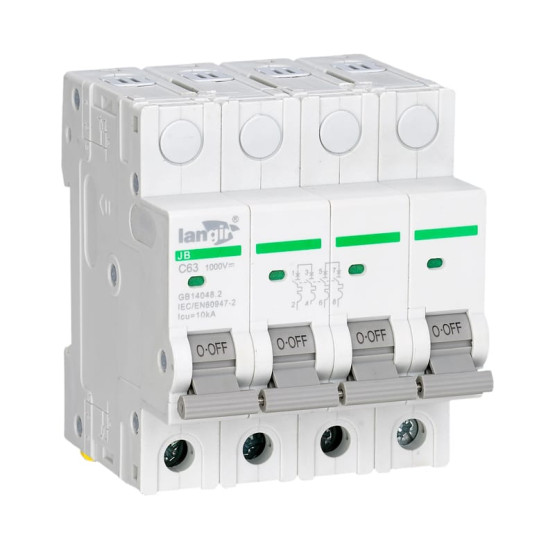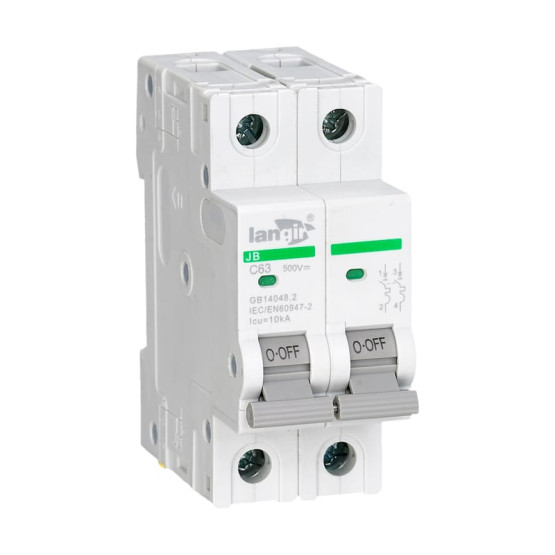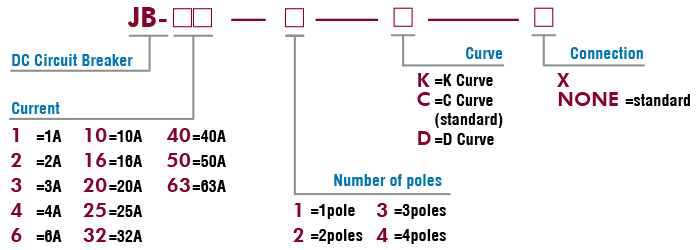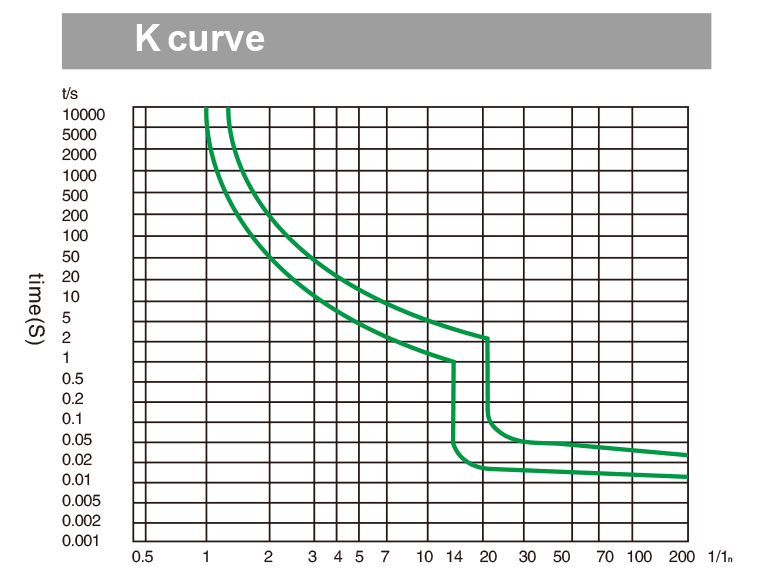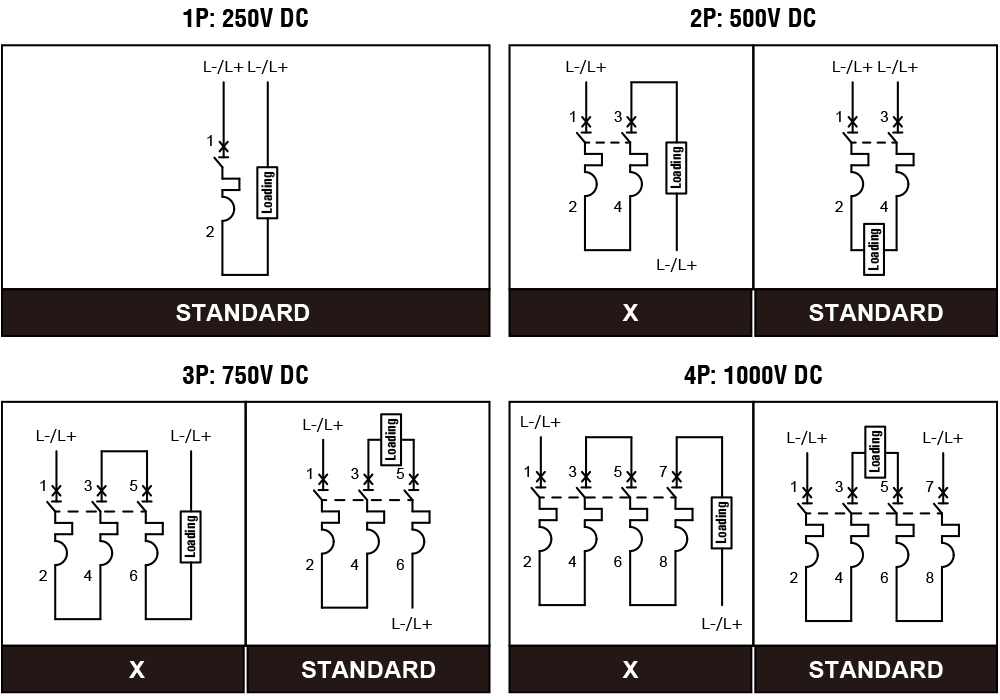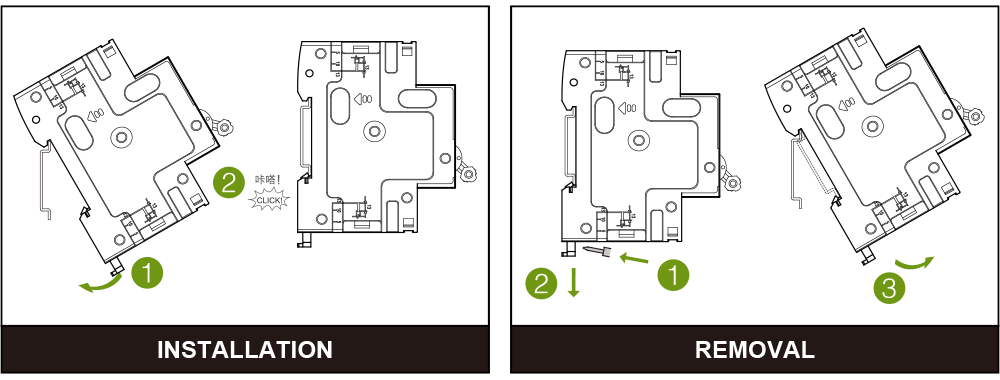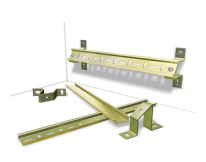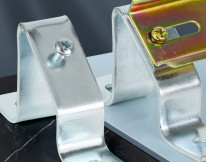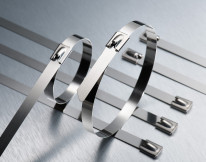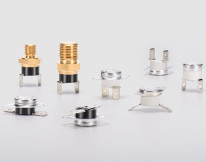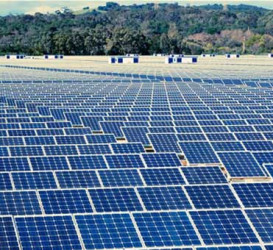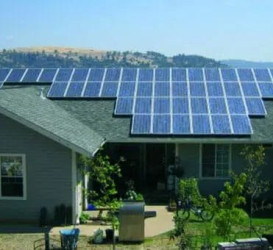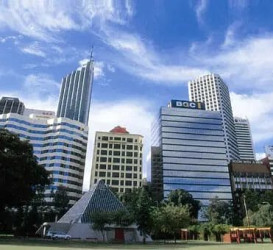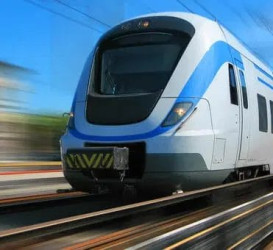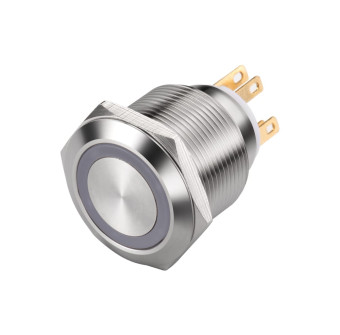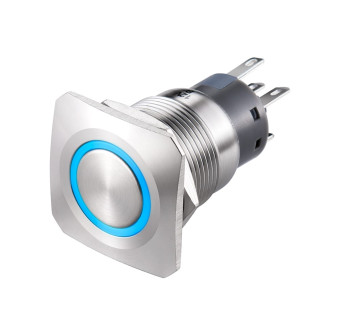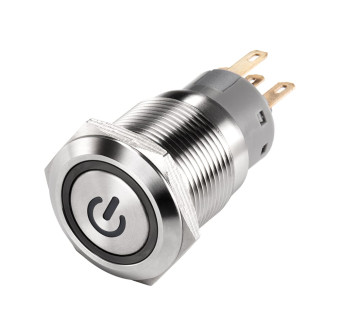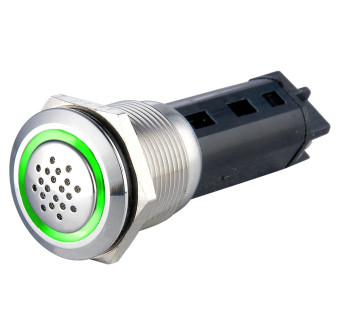The JB is a DC circuit breaker dedicated to multi string photovoltaic installations.
This circuit breaker is designed to protect the cables located between each string of photovoltaic modules and the photovoltaic inverter against overloads and short circuits.
Combined with a switch , the JB will be installed in a string PV protection enclosure at the end of each string of photovoltaic modules.
It can be locked (by a padlocking device) in OFF position as a safety measure for removal of the PV inverter.
Since a fault current can flow in the reverse direction to the operating current, the JB can detect and protect against any bidirectional current.
To ensure the safety of the installation, it is necessary, depending on the various types of application, to combine the JB with:
a residual current device at the AC end
a fault passage detector (insulation monitoring device) at the DC end
an earth protection circuit breaker at the DC end

 English
English 简体中文
简体中文